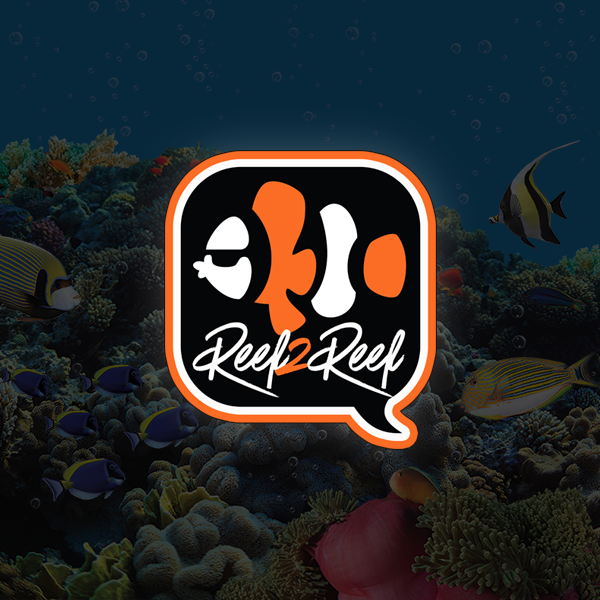I'm upgrading my 125 gallon standard to either a 240 or 300 gallon within the next 4-6 months. The new tank is not going where my current tank is and will be about 20 feet away. The actual moving of the livestock and current rock isn't an issue. Most of equipment is already in hand as well. My biggest concern is the prep for transferring my acro heavy tank to a bigger new tank. I only have about 100-110 lbs of rock in my current tank which won't be enough for the new tank. I'm going to use new prerinsed sand and will probably preload it and the new water with po4 and no3 to match my current tank. I could order some extra live rock and get it ready in an extra tank if needed as well. I'm curious if there's a media I could use to substitute for a bunch of extra live rock that I could throw in my current sump now. There's marine pure blocks, bio blocks/spheres that have mixed reviews. Anyone using something that doesn't leech aluminum? I've also read the amount of aluminum isn't harmful. Anyhoo...just looking for some advice on how to make the transfer with as little loss as possible since I have time. Oh yeah, I don't run a skimmer just some felt socks and LR in my current sump. Dose phos and nitrate to keep numbers up as well.
Thanks
Thanks

















